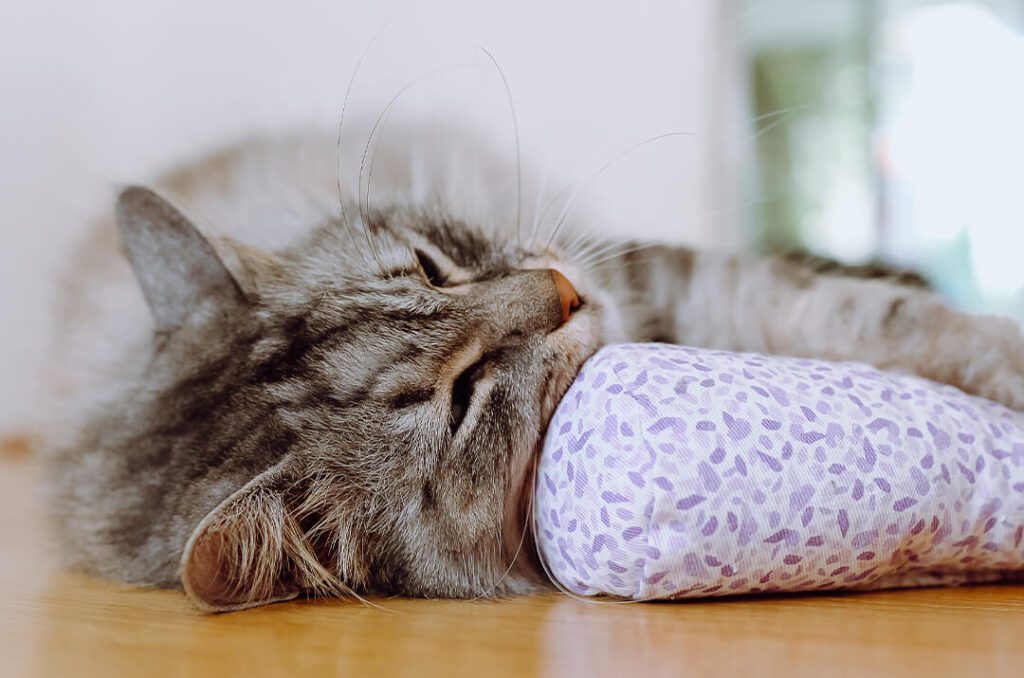
Cats are masters at hiding their discomfort, making it crucial for pet owners to be vigilant when it comes to recognizing signs of pain in their feline friends. In this blog post, we will explore common indicators of pain in cats and discuss treatment options to help alleviate their suffering.
Recognizing Signs of Pain
Cats may not cry out or visibly express pain in the same way humans do, but they do exhibit subtle behavioral and physical changes when they are in pain. Here are some key signs to look for:
Changes in Behavior
- Increased aggression or irritability
- Withdrawal or hiding
- Restlessness or pacing
- Decreased social interaction
- Changes in grooming behavior (over-grooming or neglecting grooming)
Vocalization
- Excessive meowing, yowling, or crying
- Purring or vocalizing in an unusual context or tone
Changes in Activity Level
- Decreased activity or reluctance to move
- Limping or favoring one or more limbs
- Difficulty getting up or lying down
- Altered posture (hunching or guarding)
Appetite Changes
- Loss of appetite or refusal to eat
- Difficulty chewing or swallowing
- Drooling
Changes in Elimination
- Straining in the litter box or difficulty urinating or defecating
- Frequent urination or defecation outside the litter box
- Blood in urine or stool
Changes in Breathing
- Rapid or shallow breathing
- Panting when it’s not hot
Changes in Vital Signs
- Increased heart rate (tachycardia)
- Increased respiratory rate (tachypnea)
- Elevated body temperature
Restlessness
- Pacing or circling
- Difficulty settling down to sleep
Guarding or Flinching
- Reacting aggressively or defensively when touched or approached
- Flinching or shying away from being petted or handled
Changes in Facial Expression
- Dilated pupils or uneven pupil size
- Facial tension or grimacing
Treatment Options for Pain in Cats
If you suspect that your cat is in pain, it’s essential to consult with a veterinarian for a proper diagnosis and treatment plan. The treatment options for pain in cats will depend on the underlying cause and the severity of the pain. Here are some common approaches:
Medications
- Non-steroidal anti-inflammatory drugs (NSAIDs) can help manage pain and inflammation in cats.
- Opioids may be prescribed for severe pain.
- Antibiotics or antiviral medications might be necessary if an infection is the source of pain.
Physical Therapy
- Physical therapy and rehabilitation can be beneficial for cats with musculoskeletal pain or mobility issues.
Nutritional Support
- Specialized diets or supplements may aid in managing pain associated with conditions like arthritis.
Surgery
- In some cases, surgical intervention may be required to address the underlying cause of pain, such as removing tumors or repairing injuries.
Complementary Therapies
- Acupuncture, laser therapy, and chiropractic care are examples of complementary therapies that can provide pain relief and improve overall well-being.
Recognizing and addressing pain in cats is essential for maintaining their quality of life. By being attentive to subtle changes in behavior and seeking prompt veterinary care, you can help ensure that your beloved feline companion receives the appropriate treatment and support to alleviate their pain and discomfort. Always consult with your veterinarian to develop a tailored treatment plan for your cat’s specific needs.

